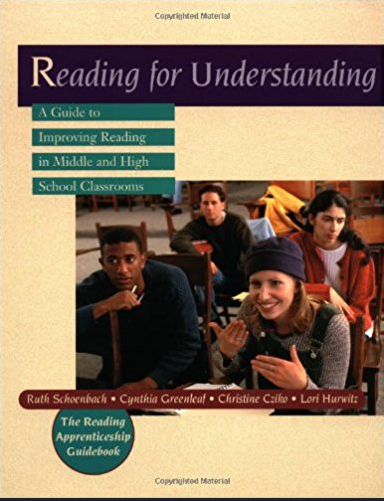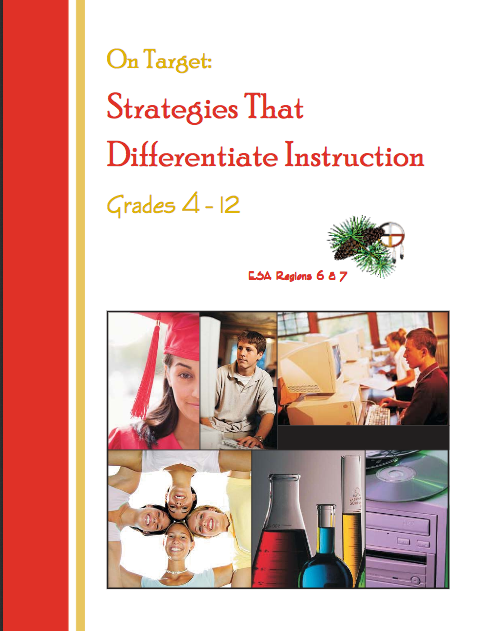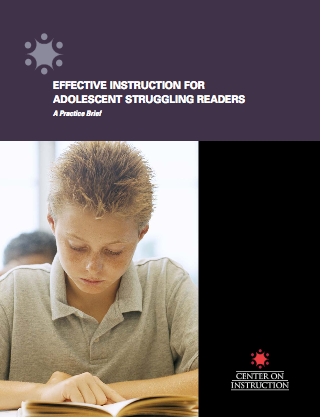- Los Angeles Unified School District
- Instruction
-
 Reading & Teacher Leadership Articles
Reading & Teacher Leadership Articles
-

Reading for Understanding: Guide to Improving Reading in Middle and High School (Chap.4)
During the reading process, students should be required to continually practice and apply the comprehension strategies that good readers employ almost subconsciously, such as making connections, monitoring understanding, stopping to summarize, asking questions, etc. While teacher modeling of a “think aloud” is a critical step to helping students “see” what happens in a good reader’s mind when reading, specific during-reading strategies provide a necessary structure for helping students to practice these strategies effectively. When students engage in these during-reading strategies, a teacher also gets a view into the thought processes of his or her students, as their “thinking” becomes visible on paper and in classroom discussion.
-

Strategies that Differentiate Instruction
Dear Educators,
Middle school and high school teachers are often caught up in the dilemma of weighing content area expectations against the need to motivate students to become confident,curious learners. Differentiated instruction is an approach that addresses student needs and preferences while also respecting the high demands of accountability in today’s world of standards and standardized testing. Differentiation embraces many of the processes, strategies,and approaches supported by best practice and research. While not confined to a single content
area or a specific grade level, the differentiated approach to classroom instruction is one that can be applied to any content area at any grade level.
(uploaded 8/17) -

Adolescent Struggling Readers-Effective Instruction
A Call for Effective Adolescent Literacy Practices
One in four students in grades four through twelve was a struggling reader in
2005, and fewer than one-third of public school 8th graders read at or above
grade level (Perie, Grigg, & Donahue, 2005). Some of these students lack the
skills necessary to read new or unusual words or to figure out their meanings.
Most fail to understand much of what they read. Older students who are
tackling complex informational text face serious and growing challenges.
(uploaded 8/17) -

A Close Look at Close Reading
Steps in Close Reading There is no specific sequence in a close read; these steps are meant to generally guide you in crafting a lesson that scaffolds students and focuses on increasingly complex text dependent questions. Begin with questions about the big ideas in the text and gradually ask higher level questions
-

Choosing Not to Read-Understanding Why Some Middle Schoolers Say No
Plainly, reading experts recognize that some students leave school with the ability to read, but without the desire. However, like many things in education, we don’t need researchers to tell us what we see everyday. Secondary school teachers are well aware that every year it is harder and harder to connect students to texts. We can all easily conjure up the image of avid readers. How do they sit in class? Slumped? Heads down? Jacket hoods pulled over their heads? Hardly! These students sit up, lean forward, smile, volunteer to answer questions, nod their heads. And they read! We can also visualize the reluctant reader. You know these students. They pull up their jacket hoods, slump into their chairs, roll their eyes, and look bored. These students read only under great duress and often fake it at that. Indeed, middle school teachers knowit is more the norm to teach students who don’t enjoy reading than those who do.


